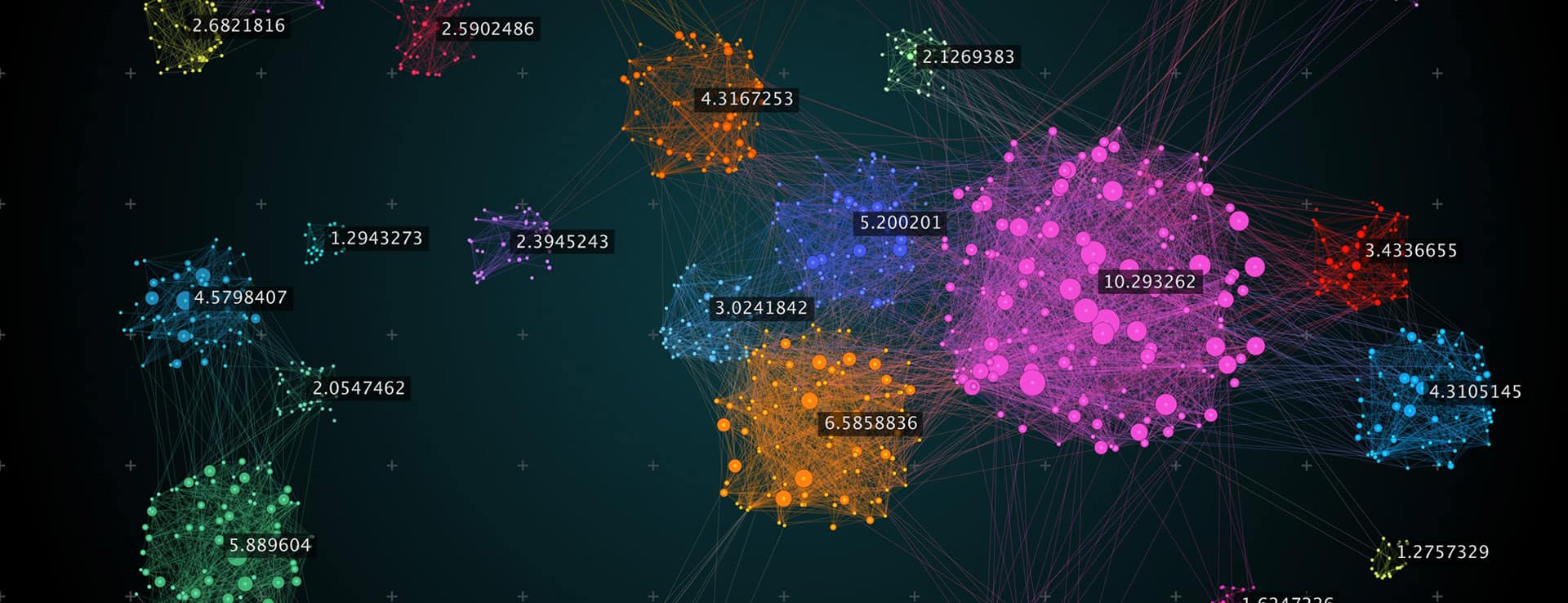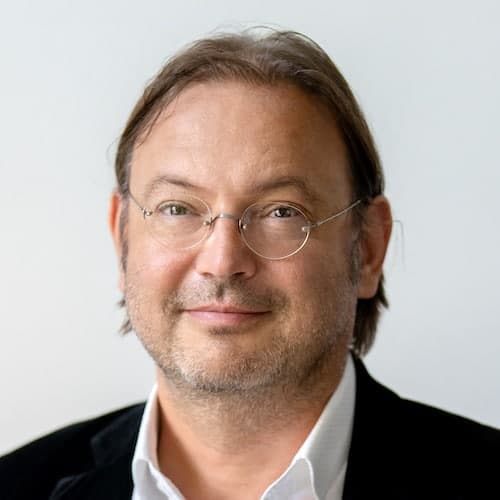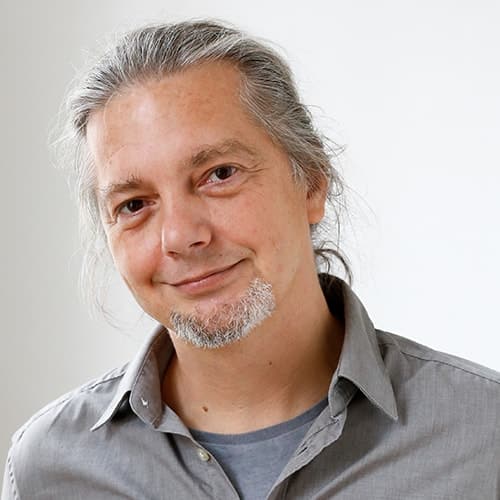DEMOCRACIES AT RISK
A new model developed at the Hub has disturbing implications: It shows that the phenomenal increase in our social (often virtual) contacts inevitably leads to a filter bubble society, “as certain as a law of nature,” as one of the authors puts it.
And that fragmentation is a real danger to democracies and the mastering of future challenges.
[Find here a German version or our press release.]
LIKE FIRE AND ICE
CSH RESEARCH SHOWS WHY SOCIETIES ARE INCREASINGLY FRAGMENTING
Throughout the world people become more and more aware—and concerned, as it is—about so called “filter bubbles.” All of a sudden, democratic discussions and processes of reasonable opinion formation seem to be difficult…
Hub scientists just published an explanation for this development:
- They show that the accelerating fragmentation of society is a direct consequence of our rapidly expanding number of social contacts
- They show that societies can only be either cohesive or fragmented.
- And they show that the change from one state to the other happens abruptly, just as the phase transition from water to ice or gas if a certain temperature—a tipping point—is surpassed.
How did they come to that conclusion?
“LIKE WILL TO LIKE”
Tuan Pham, a PhD candidate at the Hub, Rudi Hanel and Stefan Thurner, together with CSH External Faculty member Imre Kondor, started their work with assumptions of two classical sociological concepts that have been empirically tested in hundreds of studies over the past decades.
The first one is known as (social) homophily. It says that humans have a tendency to like and interact with other people if they are similar to themselves. “People are just happier when they do not disagree or argue with others,” explains Tuan, who is the first author of the study just published in the Journal of the Royal Society Interface. “One can also say: Like will to like.” In order to avoid stress, homophily leads to opinions becoming more and more alike and aligned with each other within the group.
The second concept is the Social Balance Theory (SBT), developed in 1946 by the Austrian-born psychologist Fritz Heider (who worked most of his life in the U.S. though). Put simply, this theory describes the fact that people are keen to ensure that their friends get along well with each other.
“We like to construct social triangles,” Stefan points out and shows a simple figure of possible contacts in such a triangle:
BALANCED AND UNBALANCED RELATIONSHIPS
Red lines represent friendly and cooperative relations between individuals, blue lines are negative or hostile links. “We usually cope better with balanced relationships,” says Stefan, i.e. triangle 1 (where i, j and k get along well) or 2 (where one person [i], who is on good terms with j but on bad terms with k observes that j and k dislike each other too).
“What we absolutely dislike is when two of our friends don’t get along,” Stefan continues, like shown in triangle 3 (not to mention triangle 4 where i, j and k hate each other). As a matter of fact, such states of imbalance can be found much less frequently in societies, assures Stefan.
PHASE TRANSITION: FROM COHESIVE TO FRAGMENTED
For their simple model of a society, the researchers combined the two concepts, homophily and SBT, with the physical principle of energy minimization. “We apply the principle to societies and say: People are generally seeking the state of least social stress,” Stefan says.
When they did that, their model showed two clearly separated social states: Either the society was cohesive, which means there is cohesion and exchange and cooperation can take place; or the society disintegrates from one moment to the other into small bubbles of like-minded people. While the like-minded get along well with each other, constructive communication across the bubbles is no longer possible: Society fragments.
TOO MANY SOCIAL CONTACTS LEAD TO THE TIPPING POINT
The transition from cohesive to fragmented is abrupt, the model shows.
But what causes the tipping?
When we look at water, specific temperatures make all the difference between ice, liquid or gas. According to the new theory of social fragmentation, the tipping point for a phase transition from a cohesive to a fragmented society is the number of contacts people have.
Thanks to the Internet, smartphone use and social media, connections to others have exploded in recent years. “This happened within a couple of years really,” says Stefan. “I still remember the times when my family had to share the phone line with other households. Then every household had a line, eventually every person had his or her own cell phone… and then came the smartphone. And boom! Suddenly we are connected all over the world at all times, and simultaneously through many channels!”
This is a problem for the well-being of individuals, simply because they can’t stand too much disagreement, or even hate, says Stefan. Tuan nods: “Disagreements in small groups, for example a dispute with two people in an extended family of ten, are something we can handle quite well. But if suddenly 20 out of 100 people are against me, I can’t cope with it. As a consequence, I will avoid these 20 in the future, and rather stay within my own friction-free social bubbles. This is particularly easy in the online world.”
If many people do that at the same time, the model shows the sudden shift described above: an automatic, inevitable fragmentation of the society. “If the sociological assumptions hold—and sociologists tell us they do—, this is as certain as a law of nature,” Stefan emphasizes.
DEMOCRACIES AT RISK
That could pose a huge problem indeed to our democracies as well as the management of the massive challenges ahead, such as finding ways to deal with the climate crisis, economic transitions, or future pandemics. “If people stay within their bubbles and are no longer willing to leave their comfort zones, how are we, as a society, supposed to negotiate important issues? How are we supposed to reach compromises that are the basis of all democracy?” Stefan asks. We already got a foretaste of how real and potentially explosive this development is: The last two U.S. elections or the increasingly rapid spread and “success” of conspiracy theories are telling examples.
But is there a way out? What to do to save democracy?
“The most effective means would be to dramatically reduce our contacts again,” Stefan says with a deep sigh, as he speaks of a change as far-reaching as a shutdown of Facebook, Twitter, YouTube and all the many other platforms we became so accustomed to. “I know, this is completely unrealistic,” he adds. “But as a society, we really have to figure out how to deal with that matter, today rather than tomorrow.” Otherwise, Stefan believes, we could risk the future of what our ancestors so hardly fought for through centuries: egalité, fraternité, and liberté.
Tuan Minh Pham T, Imre Kondor, Rudolf Hanel and Stefan Thurner, The effect of social balance on social fragmentation. J. R. Soc. Interface (2020) 20200752. http://dx.doi.org/10.1098/rsif.2020.0752





